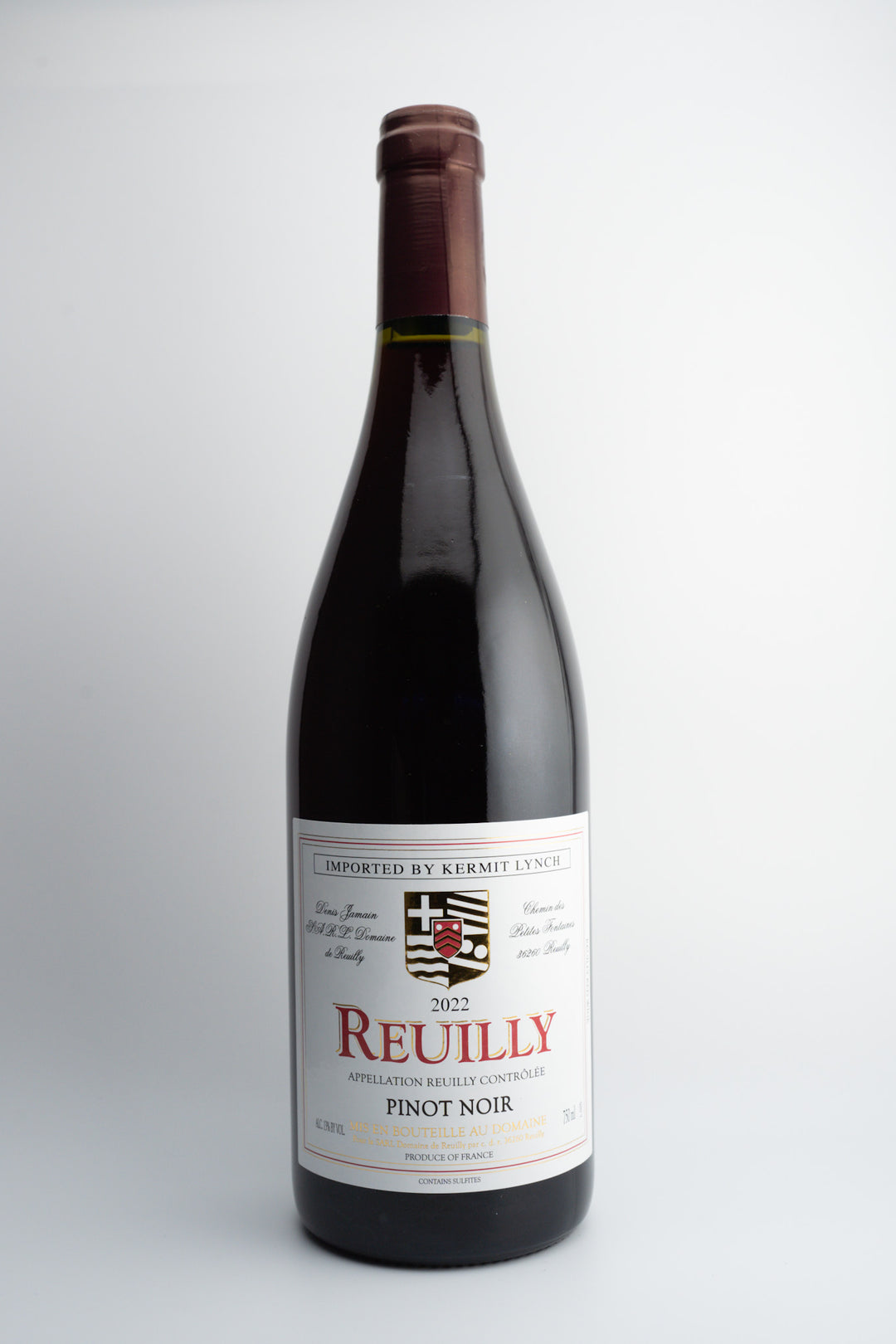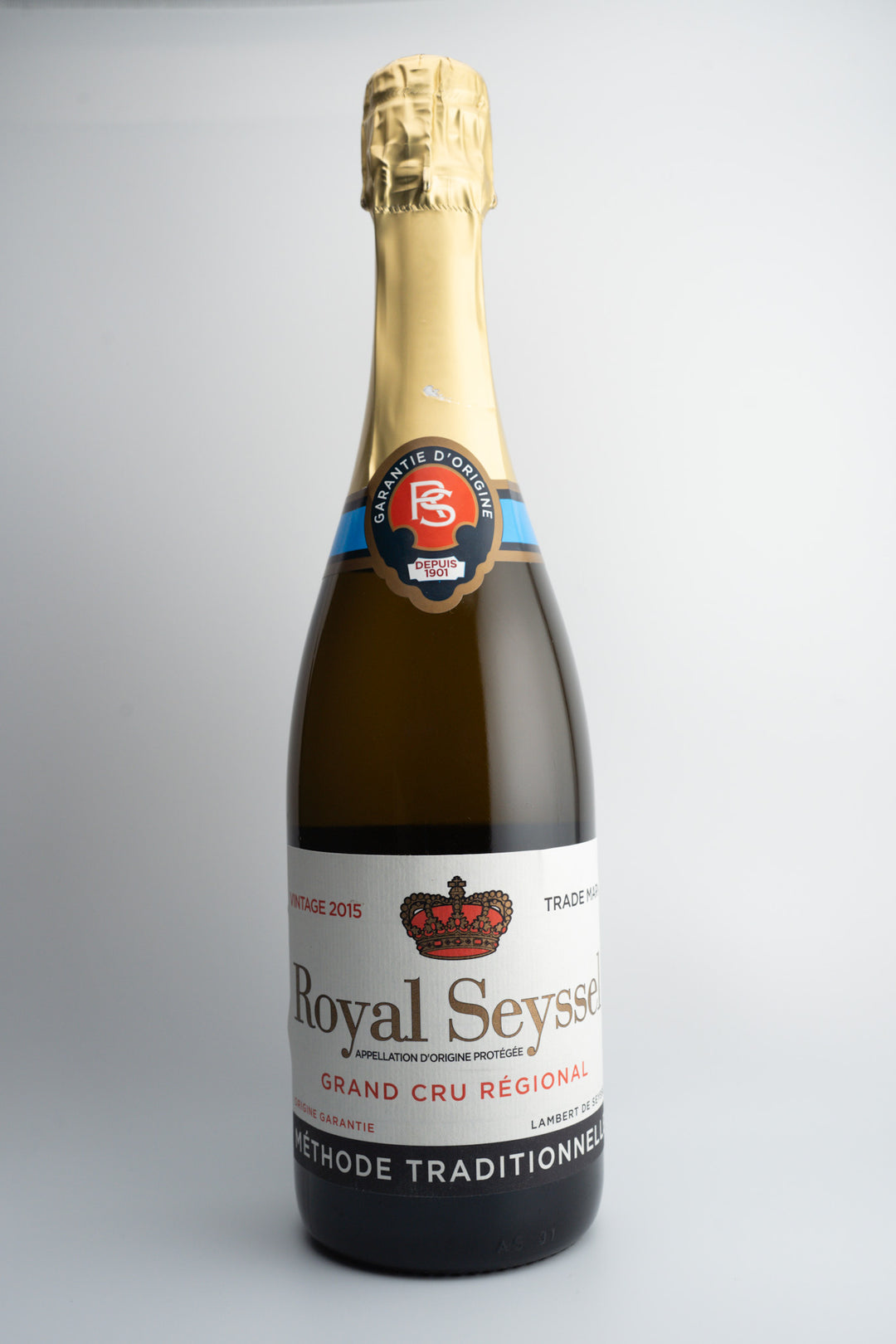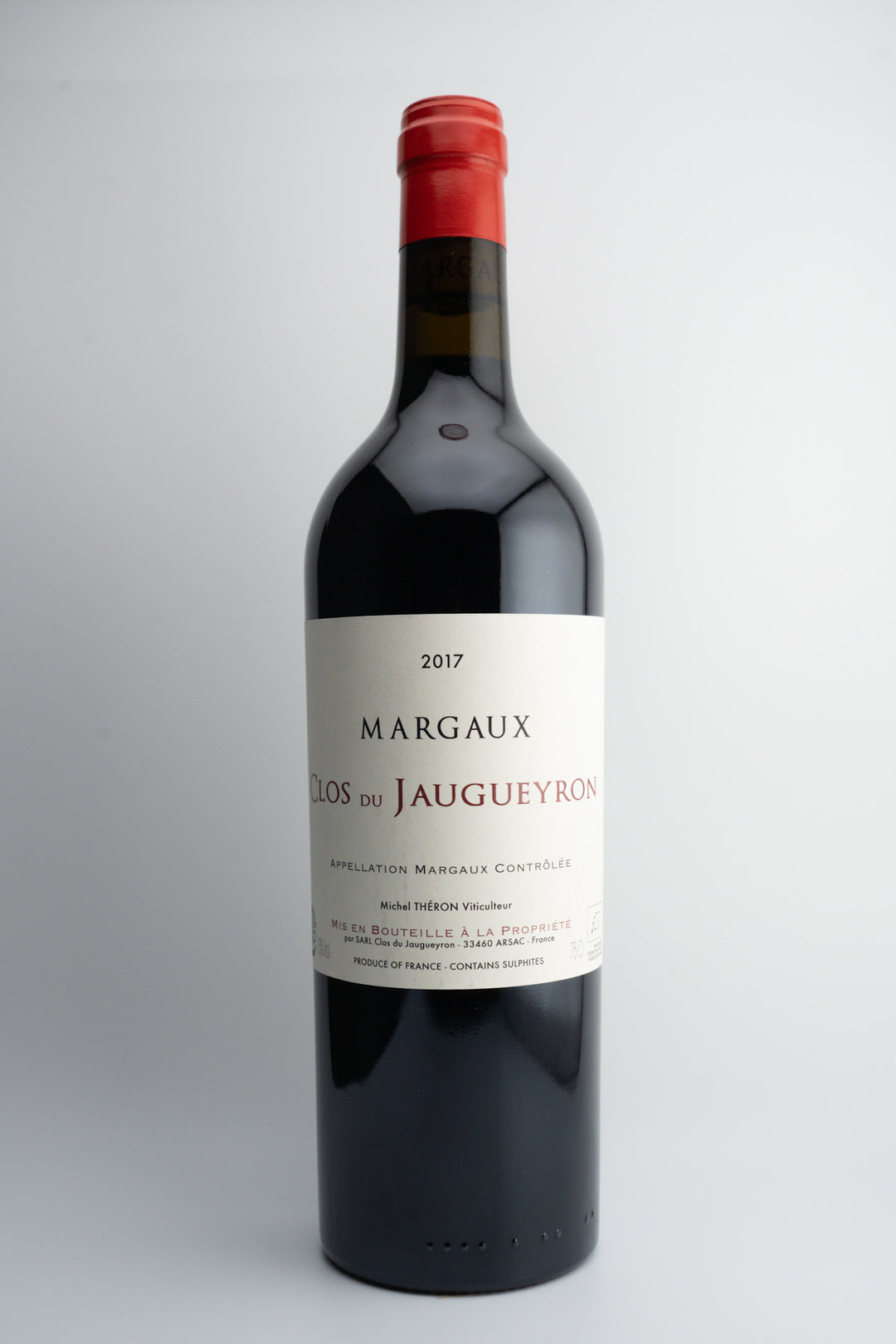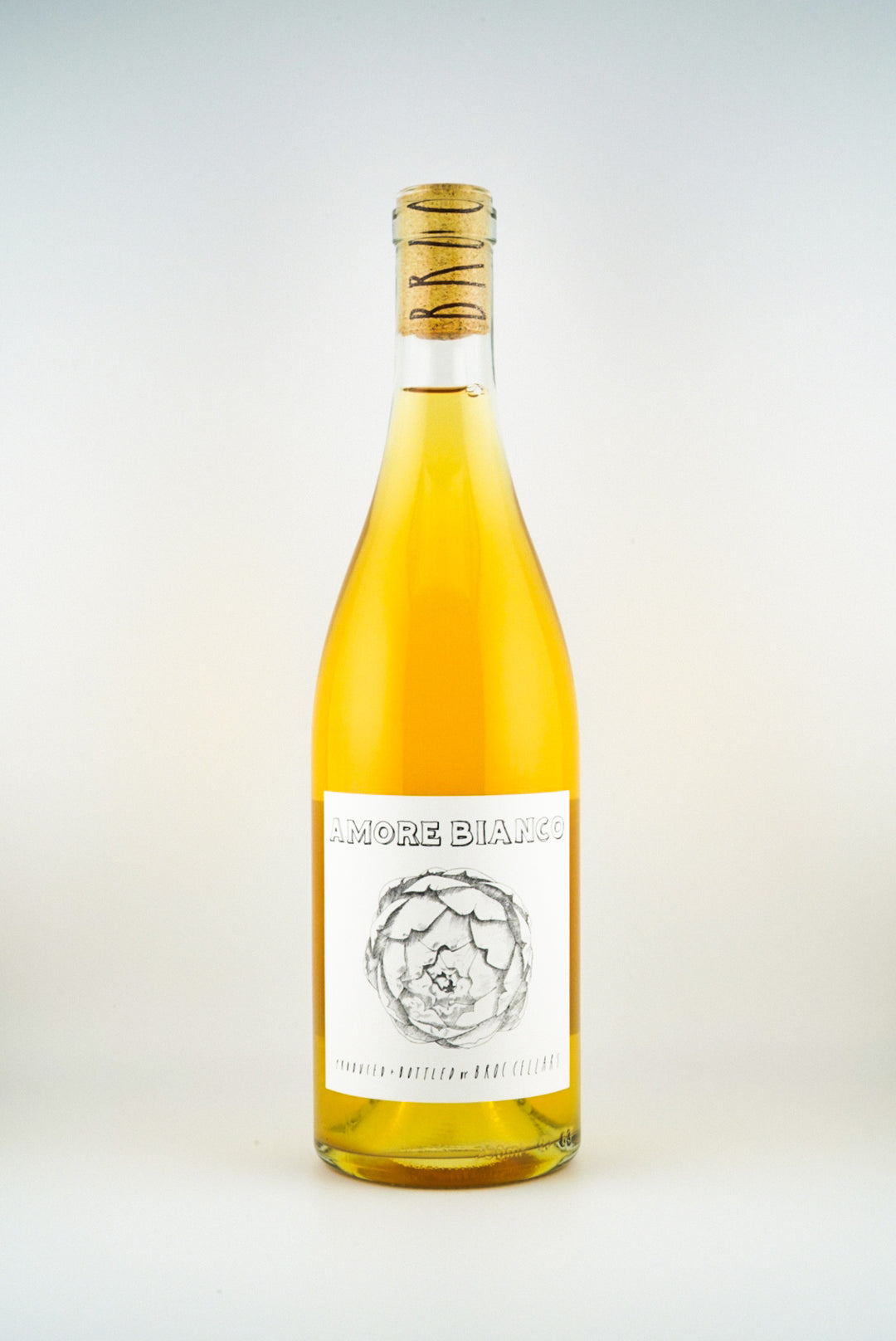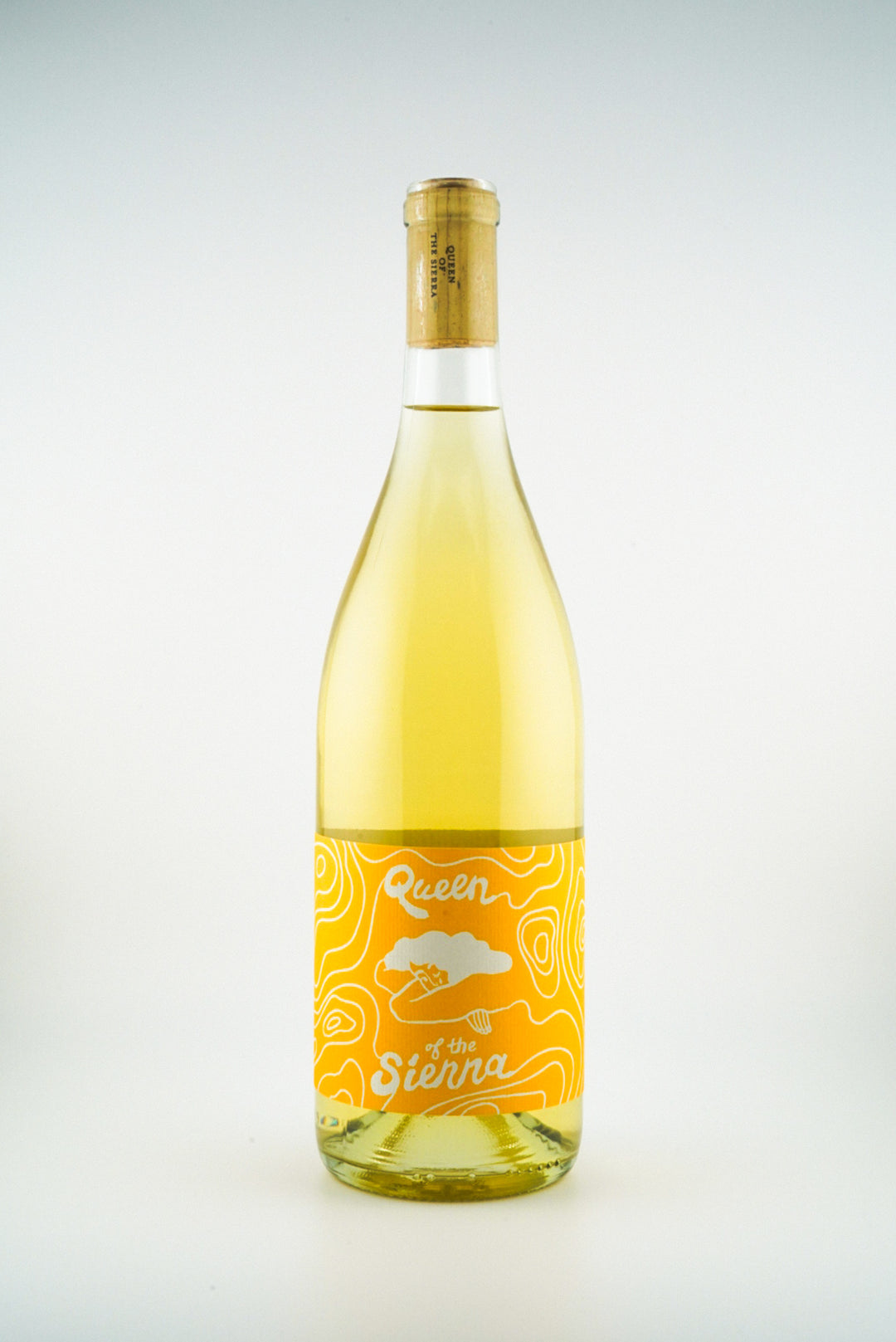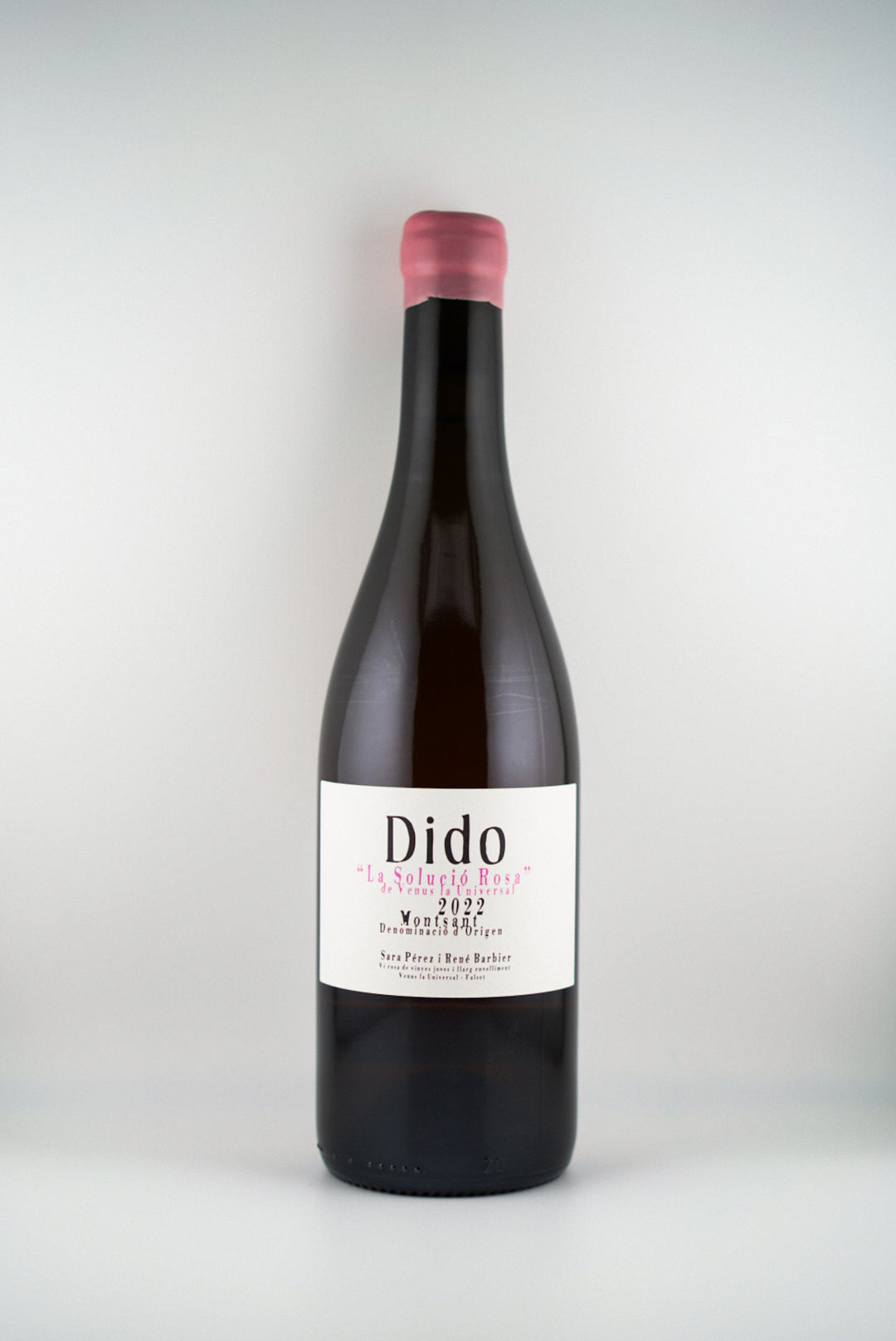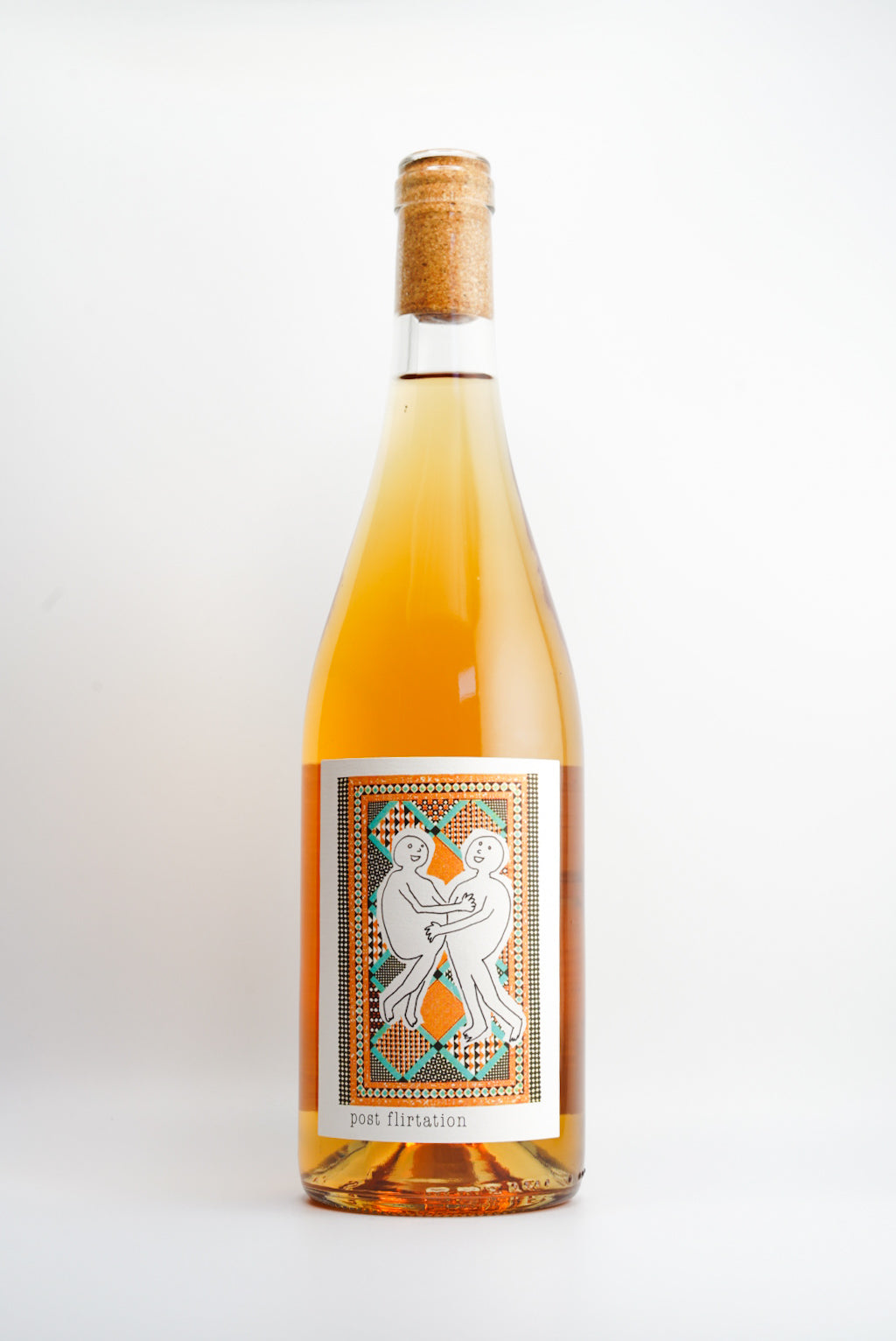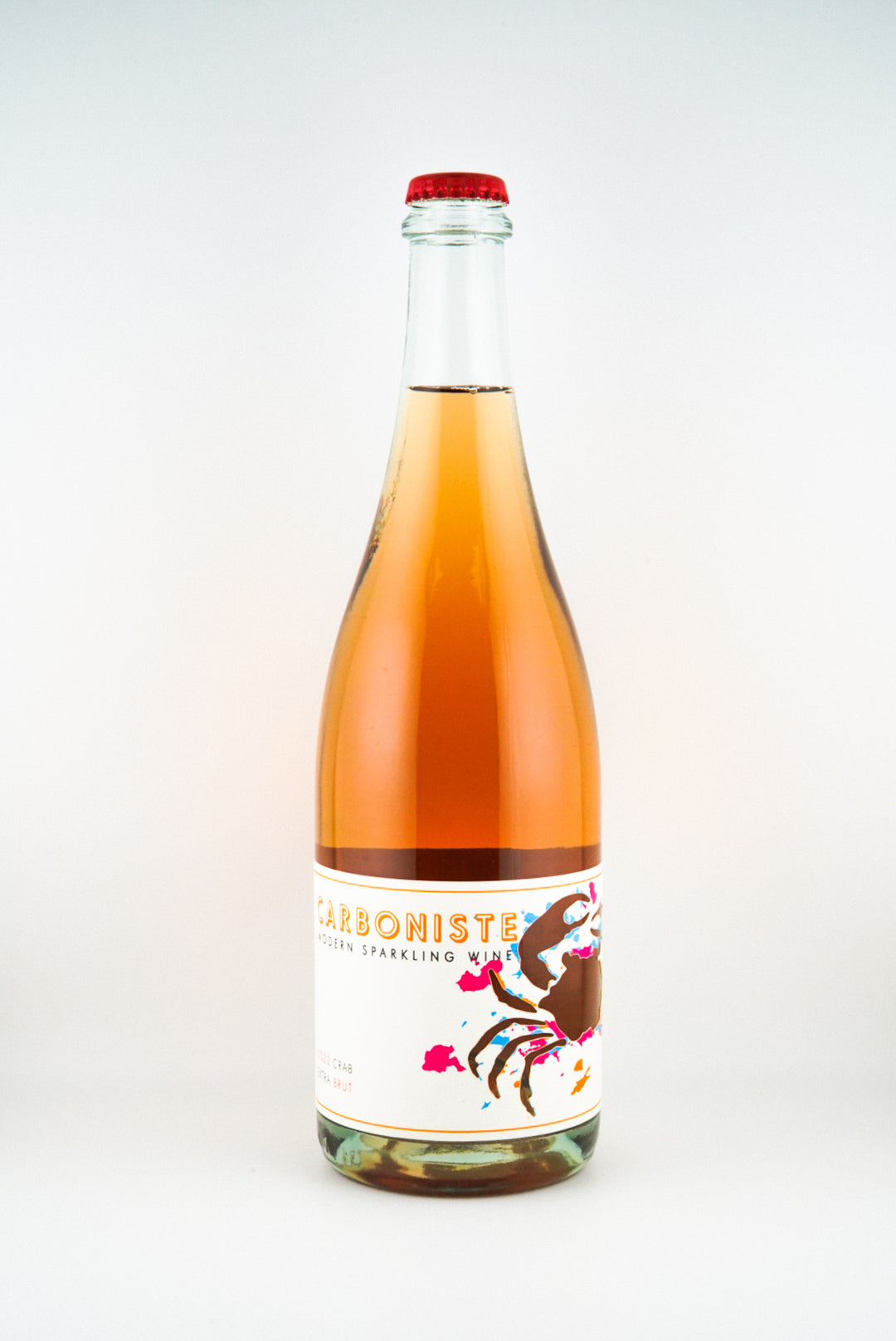What is Biodynamic Wine?
In the ever-evolving world of wine production, biodynamic winemaking represents one of the most comprehensive approaches to sustainable agriculture. While sharing common ground with organic farming, biodynamic practices extend beyond conventional methods to embrace a holistic view of vineyard management. Developed by Austrian philosopher Rudolf Steiner in 1924 through a series of agricultural lectures, this method has evolved from its esoteric origins to become a respected, if sometimes debated, viticultural practice.
The Foundation of Biodynamics
Steiner's agricultural principles emerged from his anthroposophical philosophy, which views farms as self-contained, living organisms. This foundation has evolved through practical application and scientific observation, though some aspects remain controversial within the scientific community. The method integrates traditional farming wisdom with modern ecological understanding, creating a balanced approach to viticulture that goes beyond simple organic certification.
Essential Biodynamic Preparations
- Horn manure (500): Promotes root development and soil microbial life
- Horn silica (501): Enhances photosynthesis and fruit development
- Yarrow preparation (502): Supports trace element processes
- Chamomile preparation (503): Stabilizes nitrogen within compost
- Stinging nettle (504): Strengthens plant immunity
- Oak bark preparation (505): Combats fungal diseases
- Dandelion preparation (506): Facilitates silica uptake
- Valerian preparation (507): Provides frost protection
- Horsetail tea (508): Natural fungicide
While these preparations may seem unusual to conventional farmers, their effects have been documented through both practical experience and scientific study. Modern analysis has shown that preparation 500 contains high concentrations of beneficial microorganisms and growth-promoting compounds, though the mechanisms behind some other preparations remain less understood.
Implementation Considerations
Converting to biodynamic practices typically requires:
- 3-year minimum transition period
- Significant labor investment (30-50% increase initially)
- Specialized training for vineyard workers
- Equipment modifications for preparation application
- Initial yield reduction of 20-30% during transition
Beyond specific preparations, biodynamic vineyards typically feature extensive biodiversity. Cover crops provide natural fertility and soil protection, while beneficial insects are encouraged through habitat preservation. Animals often play crucial roles, from sheep managing winter cover crops to horses reducing soil compaction during vineyard work. This integration of different elements creates a resilient ecosystem that can better withstand climate challenges while producing grapes that truly express their terroir.
The Biodynamic Calendar and Seasonal Integration
Perhaps the most distinctive aspect of biodynamic winemaking is its attention to natural cycles. Practitioners align their vineyard activities with lunar and astronomical calendars, dividing work days into four distinct categories, each optimal for different vineyard tasks.
Working with Natural Rhythms
- Root Days: Ideal for pruning, planting, and soil work
- Fruit Days: Best for harvesting and wine tasting
- Flower Days: Minimal vineyard intervention recommended
- Leaf Days: Optimal for watering and foliar treatments
Seasonal Considerations
Beyond daily rhythms, biodynamic farming integrates with seasonal cycles:
- Winter: Preparation making, horn burial, pruning aligned with moon phases
- Spring: Preparation application, planting according to astronomical positions
- Summer: Canopy management timed with lunar cycles
- Autumn: Harvest timing coordinated with fruit days and grape maturity
Modern wineries often adapt these traditional timing considerations to work with mechanical operations and labor schedules. Software applications now help practitioners track optimal times for various activities while maintaining practical efficiency.
"The biodynamic calendar isn't about mysticism - it's about paying attention to natural rhythms and working in harmony with them rather than against them." - Nicolas Joly
Scientific Evidence and Research
Key Research Findings
Recent studies have documented several benefits of biodynamic practices:
- Soil organic matter: 47% higher than conventional farming
- Microbial diversity: 30-50% increase in beneficial organisms
- Water retention: 35% improvement in drought conditions
- Root depth: Average 20% increase in root penetration
Comparative studies between organic and biodynamic methods show mixed results. While both methods improve soil health, some studies suggest biodynamic practices provide additional benefits in terms of soil microbial diversity and grape phenolic content. However, critics argue that isolating the effects of specific biodynamic preparations remains challenging.
Ongoing Research Initiatives
Current studies focus on:
- Quantifying preparation effects on soil microbiome
- Measuring impact on wine phenolic compounds
- Analyzing cost-benefit ratios in different regions
- Studying climate change resilience in biodynamic vineyards
Market Impact and Economic Considerations
The biodynamic wine market has shown consistent growth, with a 21% increase in certified producers over the past five years. Consumer studies indicate growing awareness, with 35% of premium wine buyers now familiar with biodynamic certification. However, implementation costs can be significant:
Economic Factors
- Initial conversion costs: $1,500-4,000 per hectare
- Ongoing labor costs: 15-30% higher than conventional
- Certification fees: Annual costs of $2,000-5,000
- Price premium potential: 10-50% depending on market
Featured Biodynamic Selections
Our current selection showcases exceptional examples of biodynamic viticulture, with pricing reflecting their quality position in the market:
- 2022 La Ferme de Jeanne Pinot Noir ($33) - Elegant, high-altitude Bugey Pinot showing remarkable precision and delicate red fruit. Age 5-8 years.
- 2022 Raventós i Blanc 'Blanc de Blancs' Extra Brut ($28) - Traditional method sparkling wine expressing pure minerality and coastal freshness. Age 3-5 years.
- 2022 Micro Wines Vine Vale Cinsault ($28) - Old-vine Barossa Cinsault delivering vibrant fruit and surprising elegance. Drink now-4 years.
- 2022 Johan Vineyards Estate Pinot Noir ($38) - Cool-climate Oregon Pinot showcasing the Van Duzer Corridor's distinctive character. Age 6-10 years.
- 2020 Domaine des Gravennes Côtes du Rhône ($17) - Classic Southern Rhône blend highlighting purity and regional typicity. Drink now-5 years.
Producer Perspectives
Notable biodynamic pioneers and their conversion experiences:
- Domaine Zind-Humbrecht: Alsace pioneer since 1997. Reported 40% reduction in fungicide use post-conversion.
- Château Palmer: Bordeaux first-growth showing how premium estates can transition successfully despite challenges.
- Cullen Wines: Margaret River leader proving biodynamics works in warm climates with proper adaptation.
- Nikolaihof: Europe's first biodynamic estate, demonstrating long-term sustainability since 1971.
- Benziger Family Winery: California pioneer reducing water usage by 45% through biodynamic methods.
- La Coulée de Serrant: Nicolas Joly's 7 hectare biodynamic estate in Savennières, Loire Valley, France. Certified Biodynamic since 1985. Arguably the most famous Biodynamic estate on Earth.
Emerging producers to watch:
- Momento Mori: Small-scale Australian producer excelling in minimal intervention techniques
- Domaine Valentin Zusslin: Alsace innovator in high-density plantings
- Matrot: Burgundian estate showing successful grand cru conversion
Looking Forward: Challenges and Opportunities
As the wine industry grapples with environmental challenges, biodynamic practices offer valuable insights into resilient farming methods. Key challenges include:
- Labor availability and training in biodynamic methods
- Climate change adaptation while maintaining traditional timing
- Balancing cosmic calendar ideals with practical operations
- Meeting growing demand while maintaining quality
The future of biodynamic winemaking looks promising, with increasing numbers of producers adopting these practices either partially or fully. Research continues to validate traditional methods while identifying areas for modern adaptation. For consumers, biodynamic wines represent not just a philosophical choice, but an opportunity to experience wines that truly express their origins while supporting environmental stewardship.





